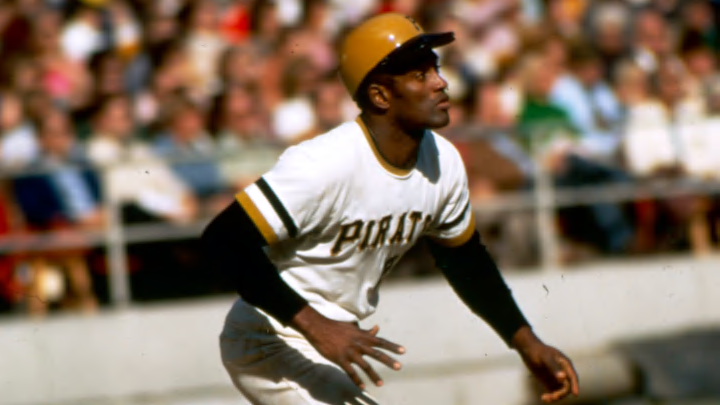
Number Twelve
Bill Mazeroski (2001)
We start today’s list with long-time former second baseman Bill Mazeroski. Signed by the Pirates in 1954, Mazeroski earned the Pirates starting second base job in 1965 and did not relinquish the role until 1968. He would continue playing a bench role for the Bucs over the next four seasons, retiring in 1972 at 35.
Mazeroski was a poor hitter throughout his career and had just a .260/.299/.367 career triple-slash and 84 OPS+. That’s not all that different from Kevin Newman’s career triple-slash and OPS+. However, Mazeroski did play long enough to reach 2000 hits (2016). But his calling card throughout his career was his defense up the middle.
Maz racked up +24 defensive WAR while playing all but 63.2 of his innings at second base. That is the 24th most of all time. In terms of total zone runs, Mazeroski racked up +148, which also ranks 24th all-time. No other second baseman has surpassed Mazeroski in dWAR, and only Bid McPhee and Joe Gordon were worth more TZR.
Mazersoki was awarded eight Gold Gloves for his efforts, which falls just one shy of Ryne Sandberg for the most by a National League second baseman. Along with those eight Gold Gloves, Maz made ten All-Star games and two rings, including in 1960 when he hit a World Series Game Seven walk-off home run against the New York Yankees.
Mazersoki has a career to be proud of. He appeared in 17 Major League seasons and was a great defender with a trophy case full of Gold Gloves and two rings. He only had +36.6 bWAR. Mazersoki was inducted via the Veterans Committee in 2001. He comes in last place on today’s list, with the 1960 World Series home run playing a large role in his induction.
